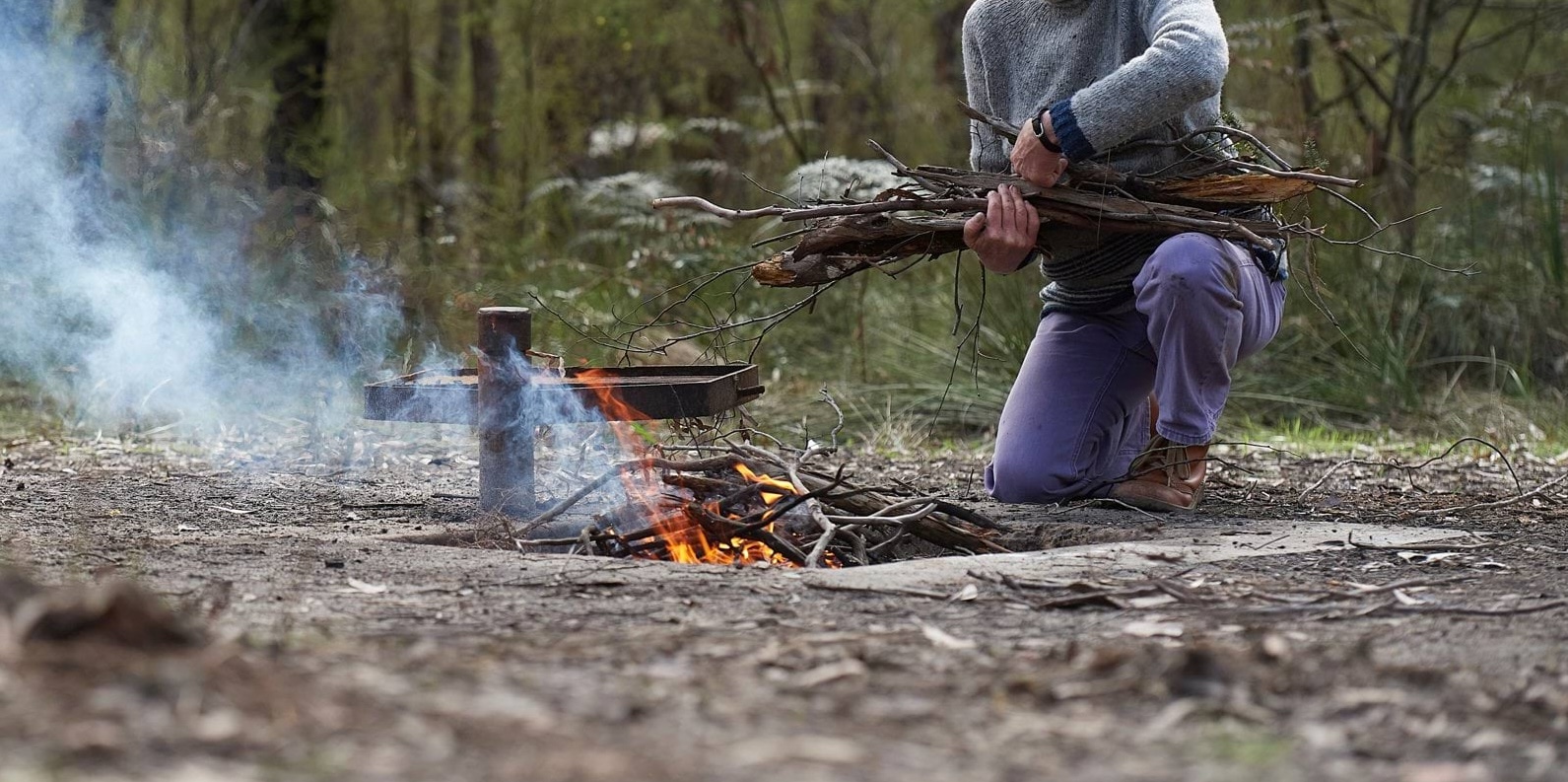

Encouraging sealife-friendly choices
Zoos play a valuable role in encouraging visitors to support wildlife conservation by making sustainable purchasing decisions, recycling their waste, making donations and planting wildlife-friendly gardens.
An example of this is Taronga Conservation Society Australia’s (TCSA) Fish4Life campaign. It aims to combat overfishing by motivating visitors at the live seal show to change their seafood buying habits towards more sustainable seafood choices.
Research to date shows that, although zoo visitors initially have a high commitment to conservation action, this drops off over time.
What did we do?
TCSA wanted to explore how effective web-delivered engagement could be in influencing visitors’ behaviour for its Fish4Life campaign at Taronga Zoo.
Taronga Zoo visitors signed up to Fish4Life during seal shows by texting their email address to the zoo.
They then received four Fish4Life emails (one per week), which had messages about sustainable seafood and links to the Fish4Life campaign pages on the Taronga Zoo’s website.
We supported the zoo in putting together appropriate content for the Fish4Life website, focussing on four sustainable purchasing behaviours that we wanted visitors to try and four unsustainable options to avoid.
The website included:
- a message about key issues for several marine species
- a three-minute video delivered by a zookeeper about non-sustainable seafood behaviours and their impact
- links to four fishy facts
- links to sustainable seafood recipes
- a short quiz based on the content of the keeper video and website.
What did we learn?
The seal show was successful in gaining people’s interest and initial commitment to become more sustainable in their seafood purchasing habits, with over 2,000 people signing up during shows over a four week period.
Visitors who then took part in the Fish4Life online challenge reported:
- a decrease in the consumption of unsustainable seafood
- an increase in the consumption of sustainable seafood
- positive evaluation of the website content.
Application
The findings suggest that there is scope for zoo experiences to influence off-site behaviour.
TCSA continues to use websites to influence visitor behaviour, using lessons learned from this research to inform content and information.
Useful links: Taronga Zoo website Fish for Good
Related projects

Have a project for us?
We'd love to help you unpack the problem. Get in touch.







